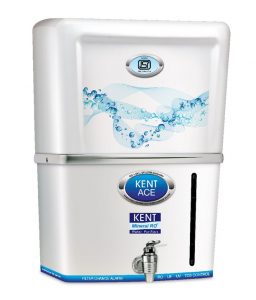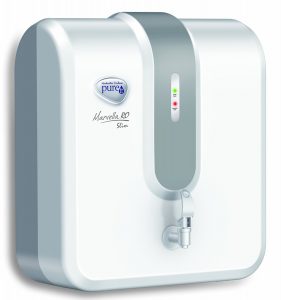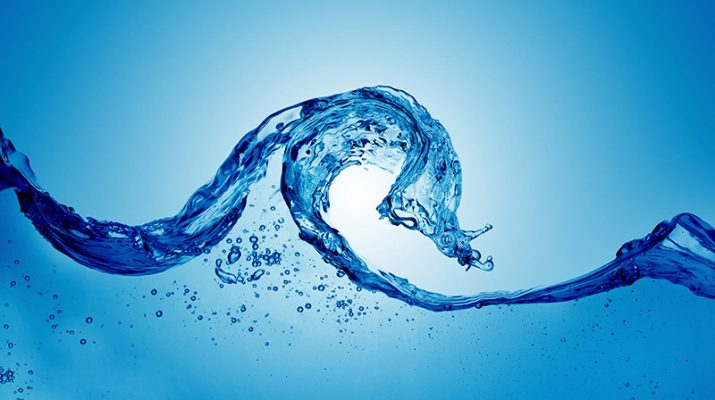For a sustainable and desirable future, pure water holds the key. There are many schools of thought which firmly believe that the next world war will be caused by water, or simply out, the lack of it. ‘Water water everywhere but not a drip to drink’ by Samuel Coleridge-Taylor; is a lyrical ballad; many ecologists and scientists fear might become a grave reality. About two-thirds of our planet are the oceans. The world needs clean and purified drinking water for day to day survival. Thus making water purification an essential ingredient of modern living.

The Solutions Journal from The Solutions Journal cites in her 2010 article that the current reliance on large centralised water treatment systems are not meeting the demands of existing or emerging needs.
Standard Water Treatment Procedure
Current water treatment systems are large centralised facilities. As this set up might be of use to a large geographical area, it leads the community into debt to build and operate them. Communities which are unable to afford them, leave major portions of their population only partially covered or not covered.
In the late 1800’s rapid sand filtration system was designed – large scale treatment systems use this technology. 1900’s saw the commercial introduction of chlorine, ozone, and UV disinfectant system. New system approaches are required to enhance wide scale development and innovations in the field of water treatment.
The Future Of Water Treatment And Innovations
Increasing the attention to localised water treatment systems can lead to innovations and developments biz, the smaller financial commitment leads to a smaller risk; the prospect of total system failure is reduced as each unit can continue to function independently. These benefits lower the barriers to entry for new technologies and systems.
Each water source (ground, surface, rain or waste water) has its own characteristics in terms of contaminants, dissolved chemicals, acidity etc. At present, communities treat all water to the same standard – landscaping water meets drinking water standards. Innovations in water treatment can increase the economic efficiency of the capital and also the efficiency of the resources used (power and chemicals etc.). Localised water treatment facilities that use local water sources can protect and enhance the ecosystem and reduce new water use overall.

Also Read: Drinking Water Purification Techniques
Potential Path Breakers
The following extracts have been taken from WHO, World Business Council for Sustainable Development for Sustainable Development and A Path To Clean Water by Laura Orlando to give a clear picture on the potential path breakers.
New filtration technologies like “micro membranes” and “ultra filtration” can filter water upto several microns (enough to exclude most pathogens). New disinfectant system such as visible light spectrum and ultrasound are also being developed which might be efficient and cost effective for localised water treatment facilities.
As many communities do not have the piping network to distribute treated water, WaterHealth has opened a new water distribution market by creating “water stores”. Regions with severe potable water needs, like in the Philippines, Sri Lanka, Mexico and India use operations set up by WaterHealth.
World over government agencies, companies like IBM, and non-profits are partnering develop new systems for regional monitoring and control to meet human needs while maintaining the viability of natural ecosystems.
Two things that can be done to improve water quality are to either prevent the contamination in the first place or remove the contaminants through some method of water treatment. In reality, what happens in communities worldwide, is somewhere in the middle. RILES- a non- profit concerned with clean water, has successfully managed excreta that can be found in water. Since 1993 they have been doing so in the Caribbean coast of Mexico. They have done this by building about 300 composting toilets on the Yucatan Peninsula (composting toilets allow the practise of source separation- which keeps excreta out of water). RILES has worked with other communities in Mexico by building hygienic water wells thus protecting and distributing drinking water.
In conclusion, to quote poet W.H.Auden, “thousands have lived without love, none without water” succinctly puts water treatment as a top priority, as when contamination makes water unusable, quality- not quantity-drives sustainability.

